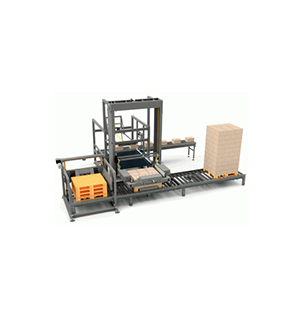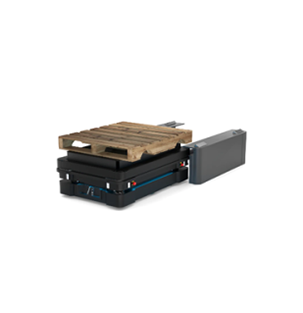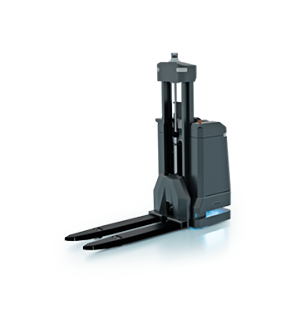Palletising Robots
Introduction to Stacking & Palletising Systems
Stacking and palletising systems play a crucial role in modern logistics and manufacturing, enhancing efficiency and safety in handling goods. These systems automate stacking products onto pallets, essential for streamlined warehouse operations and effective distribution management. Palletising robots, including robotic palletizers and collaborative robots, offer a flexible method for end-of-line automation, handling heavy loads, and maximising floor space. This introduction sets the stage for understanding how these systems integrate into various industries to improve productivity and reduce operational costs.
Types of Stacking & Palletising Systems
There are several types of stacking and palletising systems designed to meet different industrial needs. These include robotic palletising systems, which use an industrial robot for high-speed and precise stacking. A Palletising robot, or cobot, works alongside human operators for safer, more flexible operations. A Modular design allows for customisation to handle various load types, from euro pallets to different locations in the supply chain. Each type of system offers unique advantages in terms of compact footprint, maximum reach, and the ability to handle diverse palletizing tasks efficiently.
Benefits of Automated Systems
Automated stacking and palletising systems offer numerous benefits over manual methods. They significantly reduce labour costs and human error while increasing throughput and efficiency. High-speed robotic palletising ensures consistent, reliable stacking of heavy loads, which is essential for maintaining product integrity. These systems also optimise space and improve overall safety in the workplace by minimising the need for manual lifting and stacking. As a result, businesses can achieve cost-effective operations and enhanced productivity, contributing to more efficient management.
Industry Applications
Stacking and palletising systems are utilised across various industries, including manufacturing, food and beverage, pharmaceuticals, and logistics. In manufacturing, robotic palletizers streamline the end-of-line packaging process, ensuring products are ready for shipment. In the food and beverage industry, these systems handle the stacking of packaged goods efficiently, maintaining high hygiene standards. Pharmaceutical companies use a palletizing robot to manage sensitive products securely. Logistics and distribution centres benefit from automated systems by reducing handling time and improving accuracy in order fulfilment. These applications demonstrate the versatility and critical role of palletising systems in diverse industrial settings.
Maintenance and Reliability
Maintaining stacking and palletising systems is crucial for ensuring long-term reliability and performance. Regular preventive maintenance helps in identifying potential issues before they cause significant downtime. Ensuring that all moving parts and robotic components are in good condition is essential for the continuous operation of palletising robots. Effective maintenance practices, including scheduled inspections and timely repairs, contribute to the longevity and efficiency of the systems. Reliable maintenance plans also support cost-effective operations by minimising unexpected breakdowns and extending the lifespan of the equipment, ultimately leading to sustained productivity and reduced operational costs.






